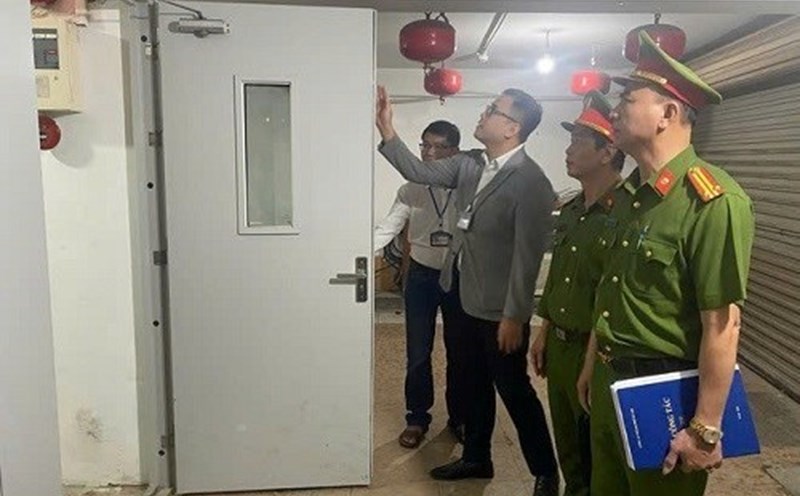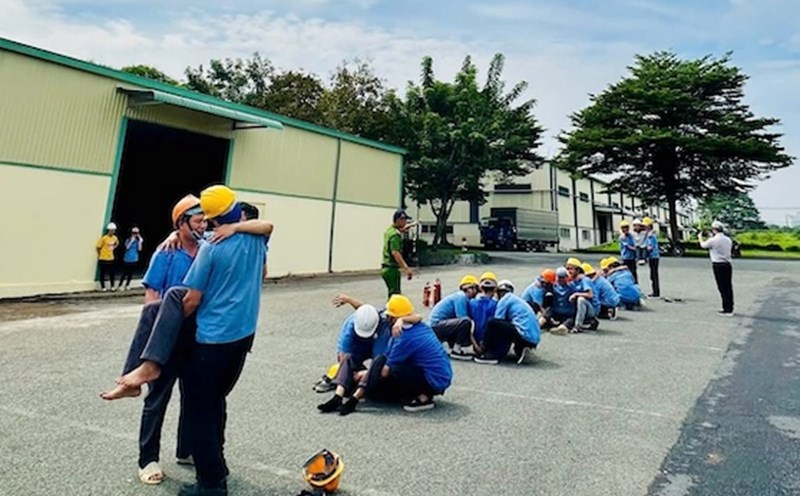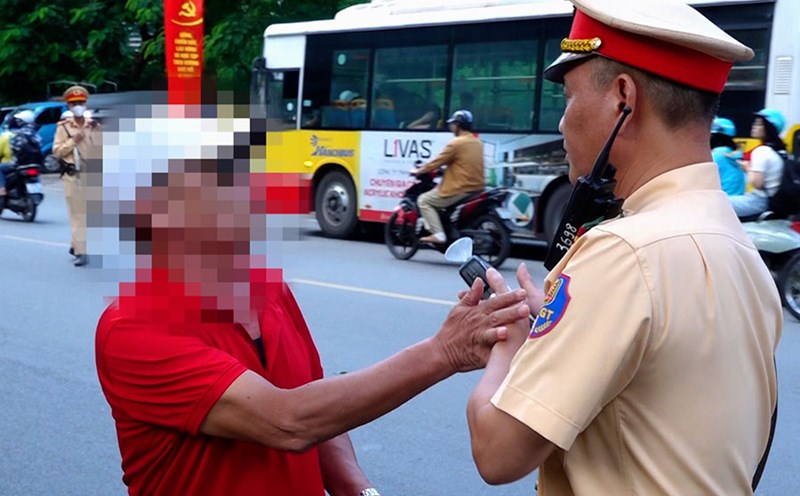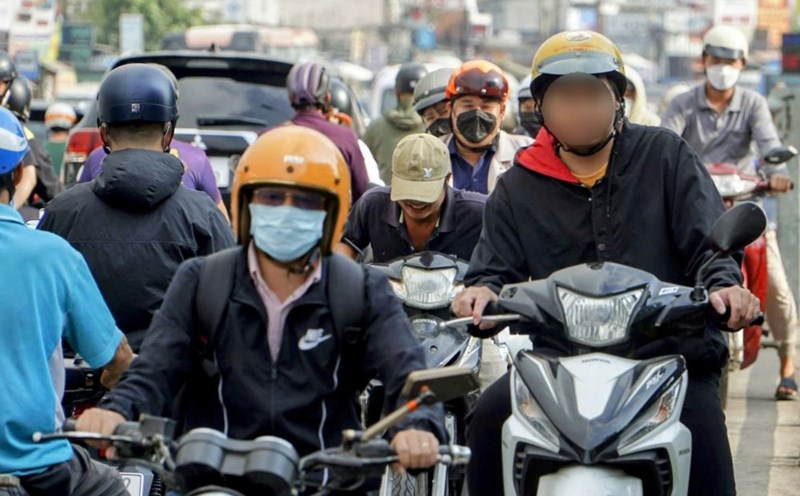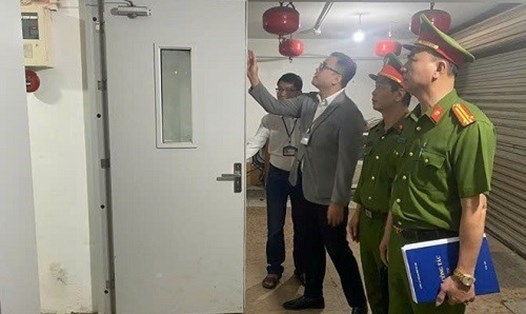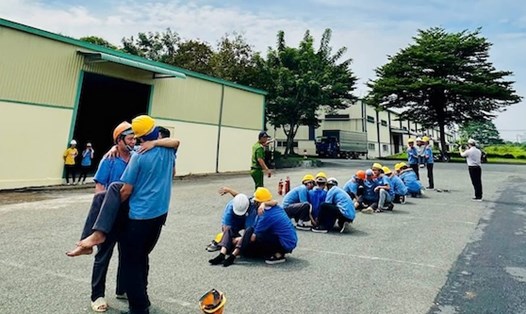Her worries are similar to many people in Hanoi. The tragic fires in small alleys in Hanoi have recently rang a warning bell once again about loopholes in fire prevention and fighting (PCCC) in narrow residential areas, where "fire trucks cannot enter and people are unlikely to escape".
For example, two consecutive fires on Kim Hoa and De La Thanh streets recently caused damage to people and property. The common point of the incidents is that they all occur in deep, small alleys just enough for motorbikes to pass, houses are close together, and even the exit is blocked with "tiger cages", corrugated iron roofs, and iron nets. When a fire broke out, firefighters, even if they arrived quickly, had to wait many minutes to pull the hops and find a way to approach, leaving the "golden time" to save people passing helplessly.
According to statistics, Hanoi has nearly 9,500 alleys over 200m deep that fire trucks cannot access. This figure clearly reflects a reality: The urban infrastructure of the capital has not been designed according to fire safety criteria, especially in old residential areas, boarding houses, and sugar unions - where many immigrant workers, students, and low-cost renters are concentrated.
More dangerously, fire hydrant systems, water supply pipes, or on-site fire fighting vehicles are almost absent in many old residential areas. Propaganda and self-preparation of fire prevention equipment for people are still formal and lack substantial inspection. Many households only sign a "safe commitment" on paper, while not knowing how to use fire extinguishers or handle electrical incidents.
To end the "fire - rescue - overcome - fire again" vicious cycle, Hanoi needs more synchronous and sustainable solutions. First of all, urban planning associated with fire safety must be considered a mandatory criterion, it is impossible to continue to let there be closed pipeline houses and small alleys without emergency exits. At the same time, the city needs to speed up the installation of additional fire towers, widen water roads and organize mobile fire fighting forces in residential areas. The models of "PCCC Safety Inter- families" or "P public fire fighting point" need to be replicated and put into practice with the participation of local people and authorities in monitoring.
In the long term, amending urban construction standards, especially for individual houses and old residential areas, is urgent. It is not possible to continue licensing or legalizing works that have closed the exit and have no access for fire trucks. The responsibility of authorities at all levels does not stop at "posthumous inspection" after natural disasters, but must also start from the stage of planning, monitoring and handling violations early.
Fire prevention, after all, is not only the responsibility of the authorities, but the vital duty of every urban resident. A small fire extinguisher, an escape route opened, a level of vigilance raised, all of which can save lives.

